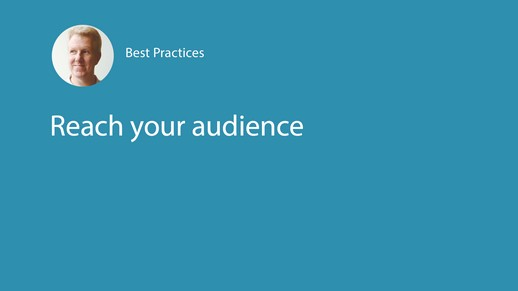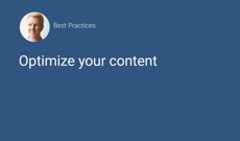Welcome to our series of FlippingBook Best Practices videos! If you haven't seen the first one about optimizing your content, or the second one about enriching your publications, be our guest! Today our customer support specialist Jeroen van Esch will talk about reaching your audience.
Video Transcription
Hello everyone, thank you for taking the time to watch this FlippingBook Best Practices video. Today we will talk about reaching your audience. That is a rather big task, so let's split it up in three parts:
- Regular visitors of your site
- Your known network, but not likely to visit your site without reason
- Potential new visitors
Regular Visitors of Your Site
So, let's first take a look at the steady stream of existing visitors that come to your webpage regularly. The most important thing for them is to be attended to your new publication. You can just add it as a link somewhere in a menu, but chances are that only a few guests will actually find your publication. A visual reminder on your front page is much more likely to attract attention. With FlippingBook Publisher, you can embed your publications on your own site either as a fully embedded publication, or as a clickable image.
- The embedded publication shows your publication in its full glory, completely with all the navigational buttons. Here you see an example of an embedded publication. Be careful to make it large enough to keep it readable for your clients. If you cannot afford the space that it requires, then it is probably better to use the linkable cover.
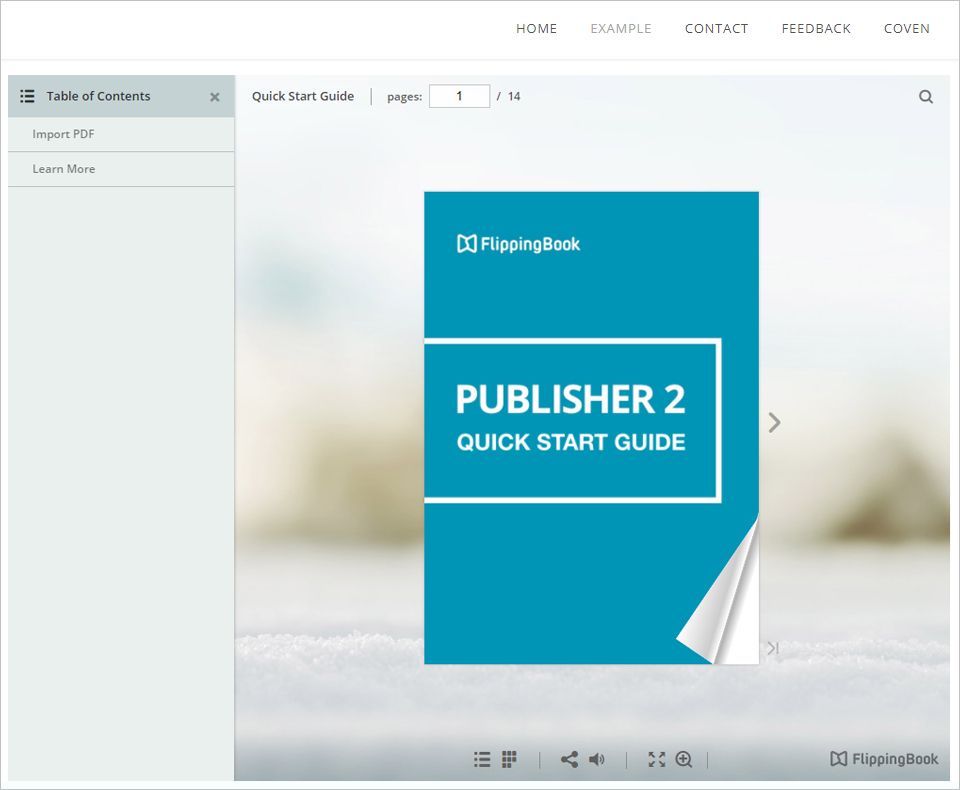
- You can specify if your linkable cover opens in a new browser tab or in a pop-up window.
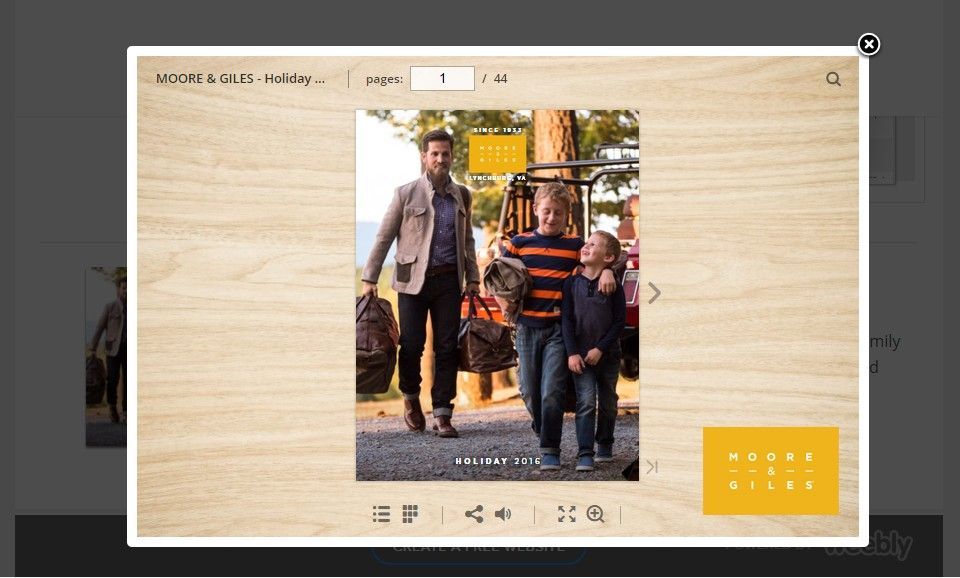
Active Clients, but Not Regular Visitors of Your Site
The second scenario we will look at, is the group of known existing clients, but not regular visitors of your site. In this case, sending them an email or a newsletter periodically is a great way to attract attention to your publications.

- Here you see a simple example of an email that we have already prepared. Of course it is possible to insert a simple link, but it often pays off to put just a little bit more effort into it and make a clickable image out of it. Visual things always attract more attention than plain text.

- If you have an active group of followers on Facebook, Twitter, or other forms of social media, then it is also very useful to share your publications on these social networks. We have added facilities to quickly share your publications. When you add a good catch phrase, this can really boost the number of visits that your publications get.
Potential New Visitors
The third case that we will look at, and the most difficult one, is how to get new visitors to your site. New visitors will often find you through search engines. Depending on who you believe, search engines drive between 30% and 70% of all web traffic, even for small sites. We take care that your publications are fully indexed, but that doesn't mean that you immediately get on Google's first page, there is more to it. The most important factors are these:

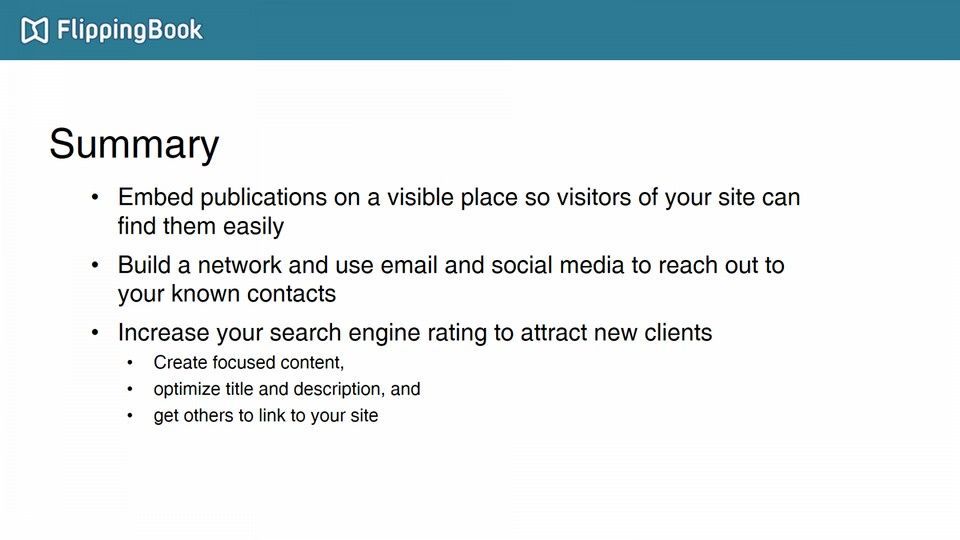
- Create specific, relevant content. Focused content that covers a single topic in detail rates higher than generic content. Google doesn't like "Jack of all trades, master of none" – it shows the masters. If we search for "chess rules", we find sites, that are dedicated to chess only. If you have a catalog, and 10 of your 80 pages are about flowers, then a search engine will see 70 pages that are not about flowers, and conclude that your publication is less relevant when people search for flowers. So organize your content and be focused.
- Pay attention to your publication title and description. We tag these words as hints for search engines, but more importantly: Search engines use this to display your publication in their results. So make sure they are descriptive of your content, because this is what users will see first. And one of the most important factors in ranking sites is the Click-through rate, meaning that if someone actually clicks on your link after entering some terms, than this reinforces the search engine that your link is relevant and boosts your rating. So this is a self-reinforcing process.

3. Get others to link to your site. This is somewhat out of your control, but the number of other sites that link to your site is one of the most important ranking factors (and you will get traffic from these sites themselves). Try to get other's linking to your site and publication! The more important that site is, the better! A link from nytimes.com will do more for your ranking than a link from some unknown website.
So these are the ways to attract attention to your publications:

I have focused on the results rather than on the technical how-to. But should you need any help, then feel free to contact our helpdesk at support@flippingbook.com or take a look at our help center. Thank you for your attention and good luck with your publications!
